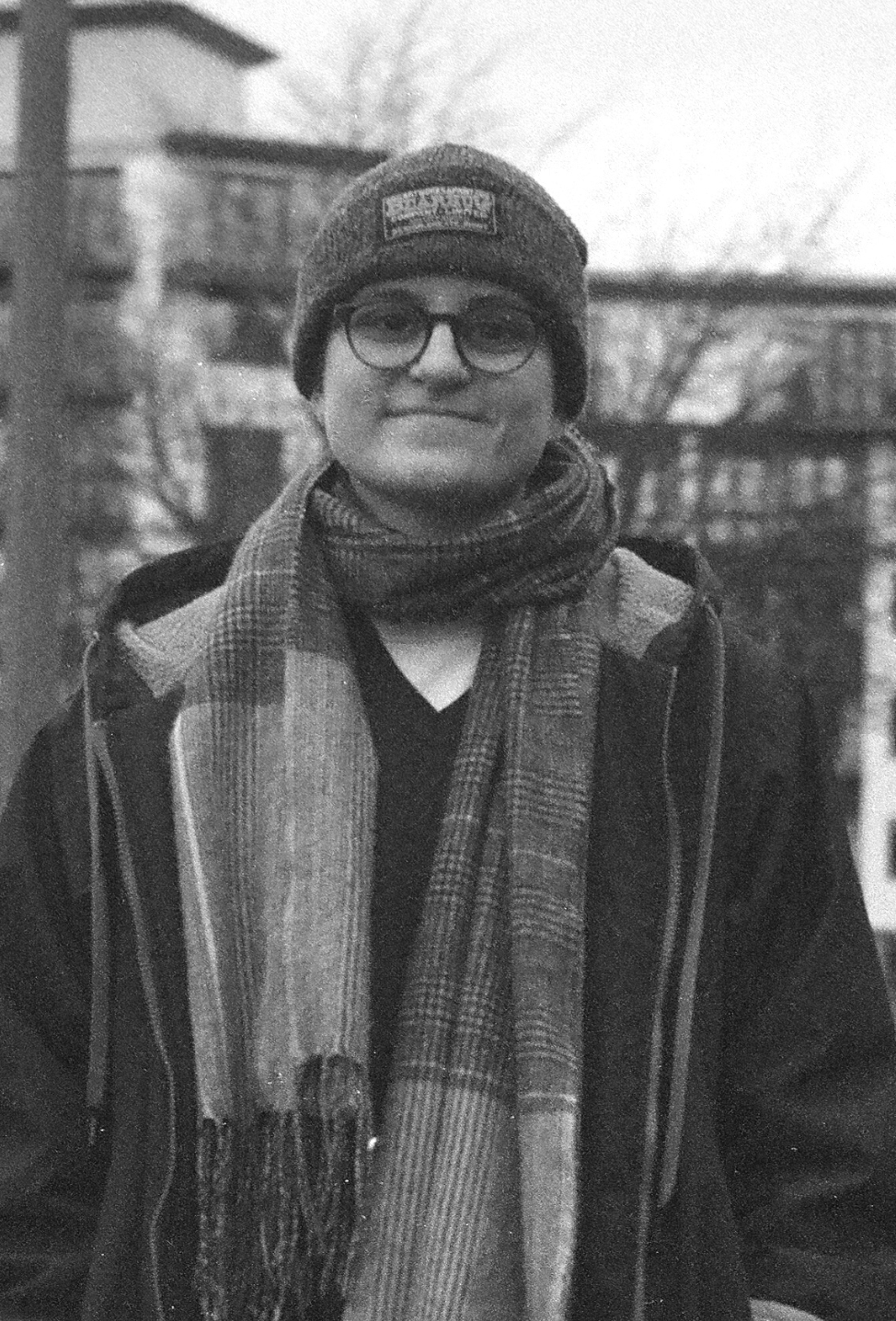For both amateur and professional photographers, understanding the technical aspects of a camera is crucial to achieving the desired artistic effect in their photos. Two critical settings that photographers often utilise are aperture priority and shutter priority modes.

These semi-automatic modes offer a balance between creative control and technical convenience. Let's delve into the differences between these two settings, their purposes, and how they can impact your photography.
These settings are generally found on SLR cameras. Some cameras have the options for both aperture priority and shutter priority, whilst others only enable one or have a fully automatic mode.
What is Aperture Priority?
Aperture priority mode, often denoted as "A" or "Av" on cameras, allows the photographer to manually set the aperture while the camera automatically selects the appropriate shutter speed.
The aperture refers to the size of the lens opening, which controls the amount of light that enters the camera. It is measured in f-stops, such as f/2.8, f/4, f/5.6, etc. A lower f-stop number indicates a larger aperture, which allows more light through the lens and onto your image, resulting in brighter images.
We recommend reading more about aperture below if you are unfamiliar with what it means.
Why should I use aperture priority?
There are a few reasons why aperture priority can be the best choice for your photography.
- Depth of Field Control : One of the primary reasons photographers choose aperture priority is to control the depth of field in their images. A wide aperture (a lower f-stop) creates a shallow depth of field, making the subject stand out against a blurred background. This is ideal for portrait photography where the focus is on the subject. Conversely, a narrow aperture (a higher f-stop) increases the depth of field, keeping more of the scene in focus, which is perfect for landscape photography. We highlight some examples of this below.
- Low Light Flexibility : In situations with limited lighting, using a wider aperture allows more light into the camera, which is beneficial for shooting indoors or during the evening without needing a flash.
- Artistic Effects : Aperture priority can help photographers achieve specific artistic effects, such as bokeh, where the background is aesthetically blurred, enhancing the subject's prominence.


Some examples of cameras that only utilise aperture priority include: Canon AV-1, Pentax MV, Olympus OM10, Canon T50, Nikon EM.
What is Shutter Priority?
Shutter priority mode, sometimes labelled as "S" or "Tv" on cameras, allows the photographer to set the shutter speed while the camera automatically adjusts the aperture.
Shutter speed controls how long the camera's shutter remains open to expose the image to light. It is typically measured in fractions of a second, such as 1/30, 1/60, 1/125, or even in seconds for longer exposures.
Why should I use shutter priority?
Shutter priority can be an ideal choice for people photographing quick, moving subjects, or for people looking to create a certain effect with a slow shutter speed.
- Capturing Motion : Shutter priority is ideal for capturing motion, whether you want to freeze action or create a sense of movement. A fast shutter speed, such as 1/1000 of a second, can freeze fast-moving subjects like a sprinter crossing the finish line. On the other hand, a slower shutter speed can create motion blur, adding a dynamic element to images of flowing water or bustling city streets.
- Avoiding Camera Shake : Using a faster shutter speed is essential in preventing camera shake, particularly when shooting without a tripod. This is especially important in low-light conditions or when using a telephoto lens.
- Creative Motion Effects : Photographers can experiment with creative techniques such as panning, where the camera follows a moving subject across the frame, resulting in a sharp subject against a blurred background.
Here are some examples of using a slower shutter speed and a faster shutter speed.


Some cameras that only utilise shutter priority settings include: Canon AE-1, Canon T60.
Should I Use Aperture Priority or Shutter Priority?
The main thing to consider when choosing between these two settings is the type of photography that you do. Below, we have outlined some examples of situations where one setting may be more advantageous than the other.
Aperture Priority
- Portraits
- Images with a blurred background
- Landscapes
- Close-up photography
Shutter Priority
- Sports and action
- Low-light
- Concerts
- Blurred movements
Can you have both settings?
Whilst this isn't common among vintage cameras, there are some cameras that allow you to choose between aperture priority and shutter priority. The most popular example of this is the Canon A-1.
Other cameras can allow you to have fully automatic modes, or modes where the shutter speed or aperture can also be used manually as well as in the aperture priority or shutter priority modes.
Here are some examples of cameras that allow you to use manual shutter speed or manual aperture as well as the priority modes:
To conclude, deciding between aperture priority and shutter priority will help you to choose a camera when you are stuck on which one may be best. Both modes are useful for different types of photography and will allow you to create creative and well-structured images.
If you like what we do, but can't buy a camera from us, please consider buying us a cup of coffee! It helps us to keep these resources free, consistent, and accessible.
Still stuck on which film camera to buy?
Try our film camera quiz. All you have to do is answer a few questions, and then you will get a list of personalised camera recommendations.
Or send us a message on Instagram, send us an email, chat to us on our live website chat, or read some more of our blog posts!





